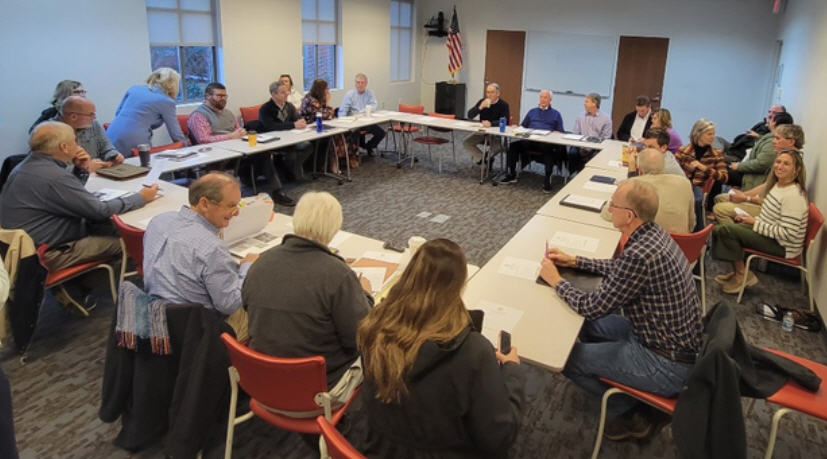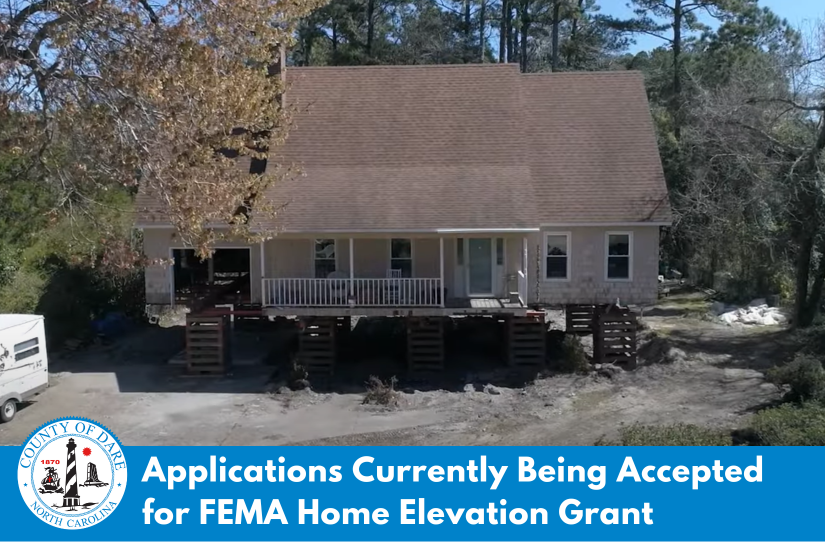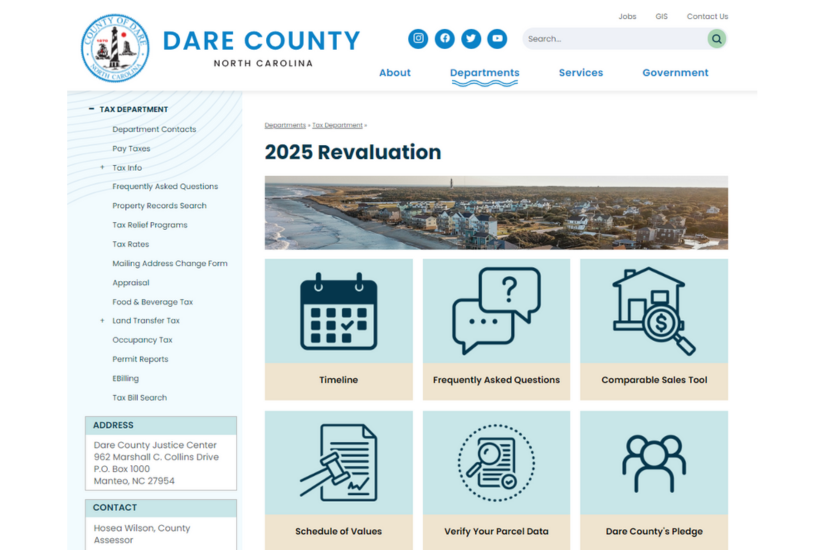Bill awaiting President’s signature will help with onerous increases in flood insurance BY CATHERINE KOZAK
Bill awaiting President’s signature will help
with onerous increases in flood insurance
BY CATHERINE KOZAK
BY CATHERINE KOZAK
BY CATHERINE KOZAK
Legislation that forestalls onerous increases in federal flood insurance has been sent to the President, who is expected to sign it, giving coastal realtors and homeowners much-welcomed relief from fears of financial ruin.
Known as the Homeowner Flood Insurance Affordability Act, the bill limits annual premium increases to no more than 18 percent and restores the grandfather clause that allows older homes to continue to be subsidized.
The bi-partisan bill, HR 3370, which recently passed the House of Representatives and the Senate, is responding to the outcry across the country when the 2012 Biggert-Waters Flood Insurance Reform Act started being implemented last year, with four million or so policyholders facing huge spikes in flood insurance bills.
Suddenly, homeowners were getting renewal notices that said their rates for flood policies, required by banks on mortgaged property in flood zones, could increase as much as 200 percent. Others discovered that if they sold their property, the new owner would have to pay enormous increases for the same policy.
Fletcher Willey, owner of insurance firm The Willey Agency in Nags Head, said that the new legislation corrects some of the “overzealous” rate changes that were in Biggert-Waters and provides more time for reasonable reform.
“You cannot turn such a large program on a dime,” Willey said about the National Flood Insurance Program, which is seriously in debt. “This is a better way to save the program.”
Owners of second homes built prior to 1975, or when their community’s flood maps were drawn, learned last January that their rates would increase 25 percent per year, up to an average increase of 150 percent. Then in October, owners of commercial property and repetitive loss properties were sent notices of similar increases.
Those with second homes in a flood zone and owners of properties that have had repeated flood claims will continue to have the 25 percent annual increase until the actuarial rate reflecting the real risk is reached.
But other provisions have been reversed.
Grandfathered rates based on the flood rating when a structure was built – called a pre-FIRM rate — were scheduled to expire in late 2014. Under that provision, increases in premiums were going to be phased in with 20 percent increases over five years.
Ultimately, premiums had been expected to increase as much as 200 percent or more. But the new law will allow the grandfathered rates to continue for primary residences –those that are lived in 80 percent of the year.
Biggert-Waters had also discontinued the pre-FIRM rates on new flood policies, which resulted in large spikes in premiums for new owners in real estate transactions. Under the Affordability Act, the new owner can be assigned the same rate as the previous owner.
“This is going to be a really good thing for the real estate industry,” Willey said.
Refunds will also be provided under the new law for home purchasers who had to pay the unsubsidized rates under Biggert-Waters.
Increases in premiums under the flood insurance program, which is administered by the Federal Emergency Management Agency, are still allowed under the new law, but they will not be as steep. Subsidized policies will be funded in part by a $25 surcharge- – $250 for second homes — on each of the programs 5.6 million policyholders.
As FEMA readies to issue new flood maps, the new law would require the agency to collect public input from the community and to factor in existing flood protection measures. It also would mandate a study on ways to keep the flood insurance program affordable while working toward making it solvent. The goal stated in the law is for policyholders to have a premium that equals no more than 1 percent of the value of their coverage.
But Willey said that even if the bill is implemented, as expected, the important work of what flood policies will be covering, at what rate, has yet to be determined.
“We just know what Congress decided,” he said. “We don’t know what the rate tables will look like.”
FOR MORE INFORMATION
Click here to read the text of the Homeowner Flood Insurance Affordability Act.







